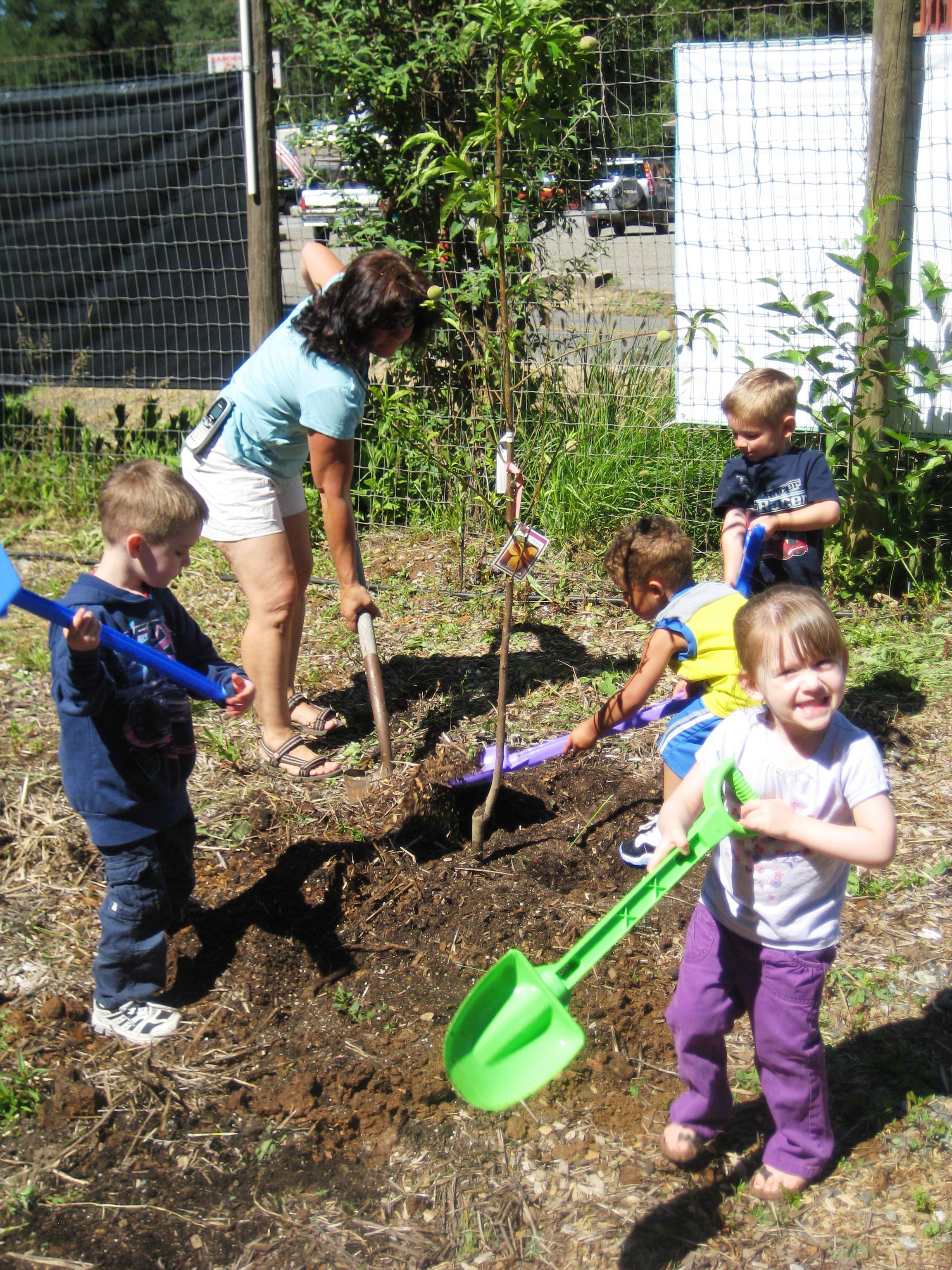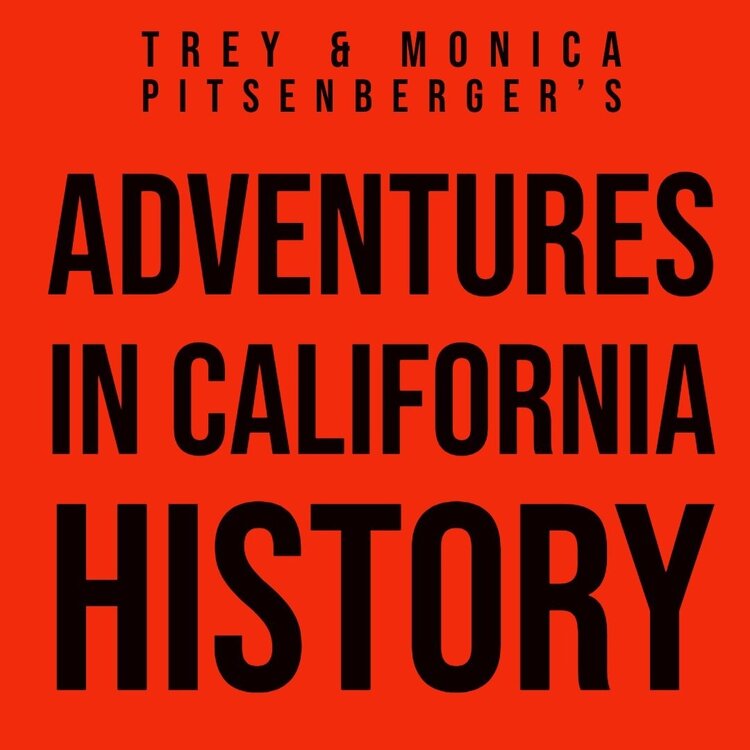I was asked by a Master Gardener in the Sacramento area for some insight as they are re-modeling their demonstration

garden. They ask, "will vegetable gardening continue to be popular with the general public? I’ve read pros and cons, but most of the cons have been from ornamental-type folks."
My answer is based on where we do business and the economics of our area, the foothills of the Sierra Nevada in northern California. Right now we have an unemployment rate of 12%. With that kind of rate you can well imagine that ornamental plantings are the last thing on people's minds. Some "well to do" types in The Bay Area and Sacramento may be doing some landscaping, but for all intents and purposes landscaping is dead. Nurseries and garden centers that catered to the landscape trade are suffering, or out of business. I talked to a sales representative who was lamenting who it seems every month brings another nursery closing, and one less customer. This will continue. There are just to many nurseries and garden centers still hanging on. There is not enough business to keep them all afloat.
Right now and for the foreseeable future we are focused on consumables, and smaller container sized perennials and annuals. People still want to dress us their gardens with color, but are looking for less expensive choices that give maximum impact. Container gardening is still poplar and flowers cheer people up. What they are not planting is landscape trees and shrubs. Why go through the expense when you don't even know if you'll be in your overly mortgaged home for long. I know a number of avid gardeners who have had to walk away from their homes and gardens, and are in no mood to replant now.
Once people settle down and get their finances in order they will have a better handle on how to move forward. I just cannot imagine a quick return to fully landscaped outdoor entertainment centers, complete with outdoor rooms, throw pillows, and big screen TV. People will create their own versions of the outdoor living space which more likely will include vegetable plants, medicinal plants, and cool spaces to enjoy them. "Since we cannot afford to eat out let's eat in and invite our neighbors over for a meal constructed from our garden." It' s the combination of growing and eating that will inspire people going forward. There is a wealth of heirloom vegetables that we have not even become familiar with yet. Fruit trees that are just now becoming popular, and fruit varieties many people have forgotten about. Growing, and eating the fruits of our labors excites me, and I believe many others.
For the Master Gardeners wondering how to redesign their demo gardens I would say an emphasis on low water use plants, both natives and Mediterranean plants would be in order. Not just because they make more sense here in our climate, but also they will take less effort to care for as people will be spending more time in the food-producing aspect of the garden. Look back at the old missions of California and you see a landscape based on a lack of summer water, and an emphasis on using that water for growing food. The grow your own consumables is fulled in part by food cost, but more than ever on food safety. You cannot underestimate how concerned people are about what is in, and being put on their food. Want to make sure it's safe? You have to grow your own.
There was a nice post at from Susan Harris at Garden Rant today concerning Thomas Jefferson's garden at Monticello. Jefferson grew all sorts of vegetables and fruits in his garden. Always experimenting and trying something new he kept copious notes of his work. It an interesting read and the way forward for many of us who find ourselves looking for inspiration in the garden. Always experimenting, trying new things, and growing most everything he needed in his garden. From the post, "as an eater, Jefferson chose mainly vegetables, using meats as condiments. For salads he planted lettuces and radishes every two weeks throughout the growing season. And get this - to produce a suitable salad oil for all those salads, he grew his own sesame. His favorite cooked vegetable was the pea, of which he grew 23 varieties." Meat's as condiments, and greens the main course sounds like a diet for modern times as well.
